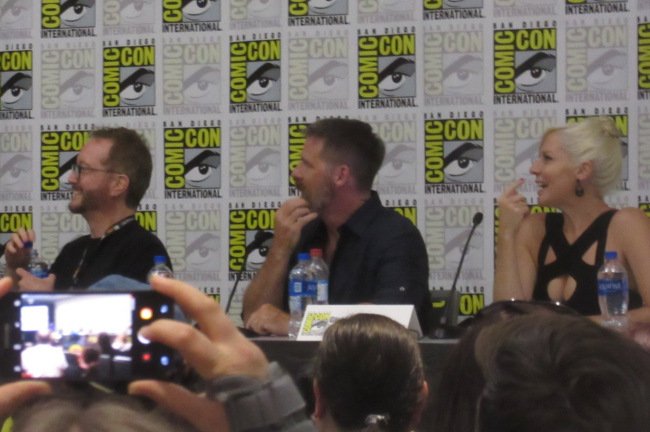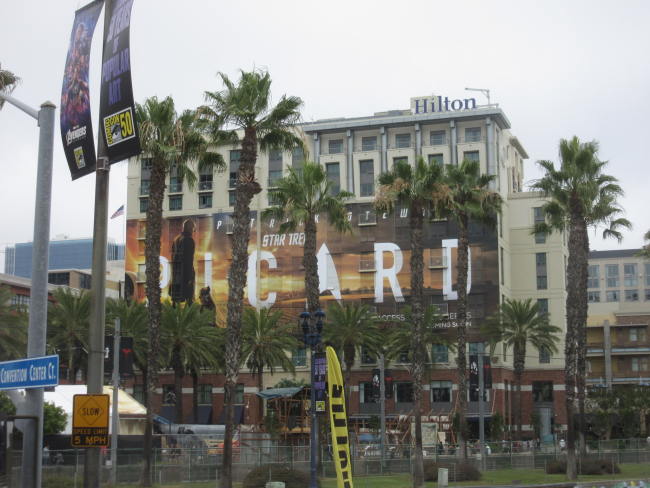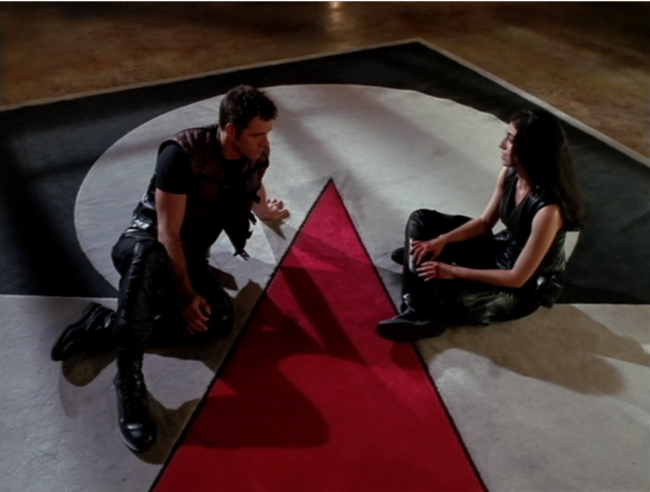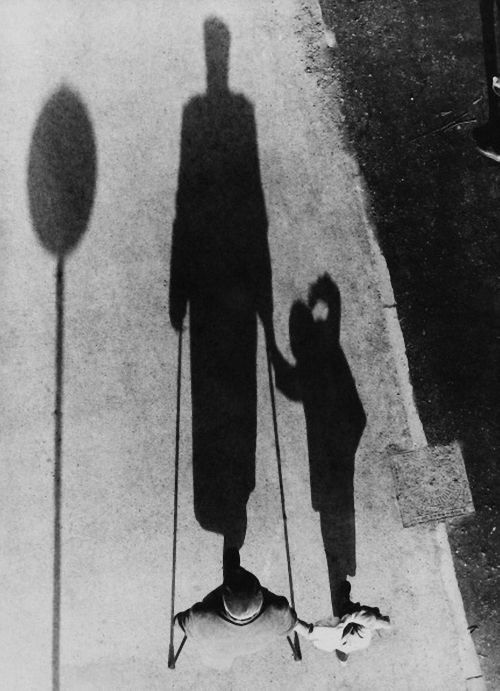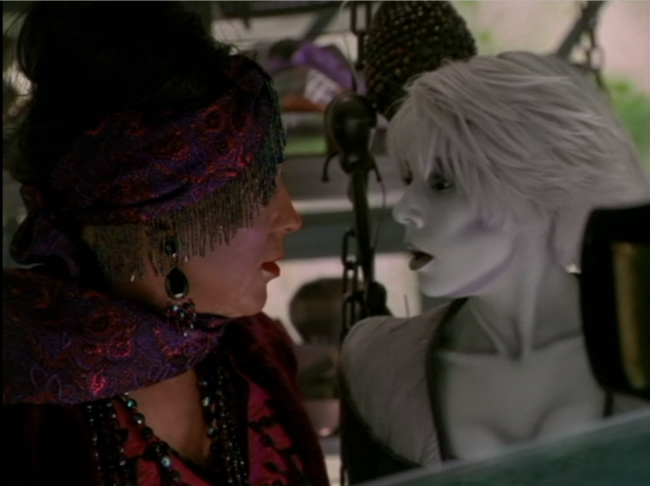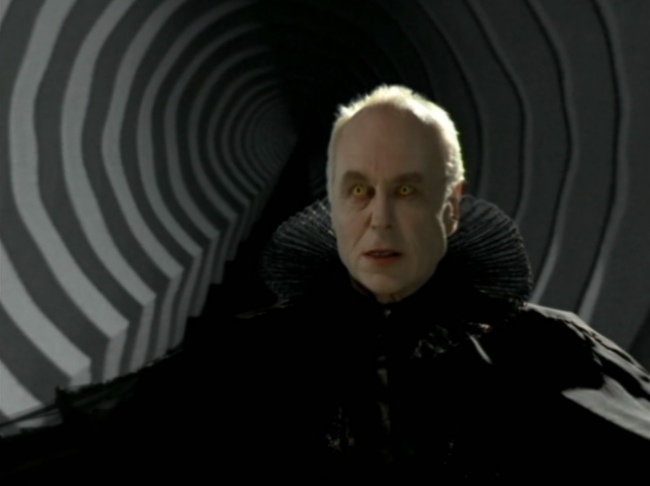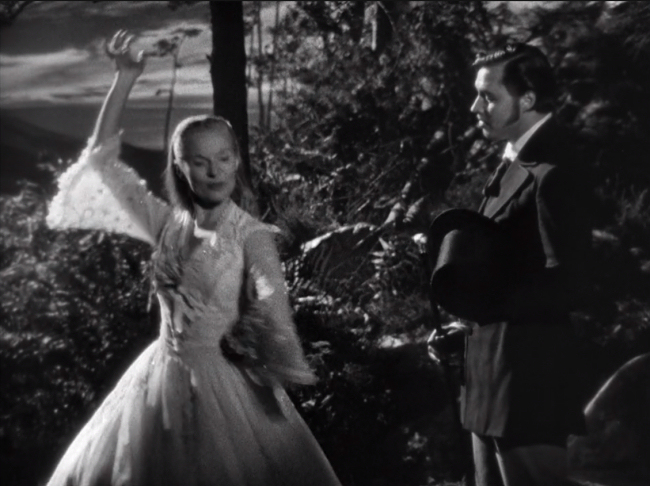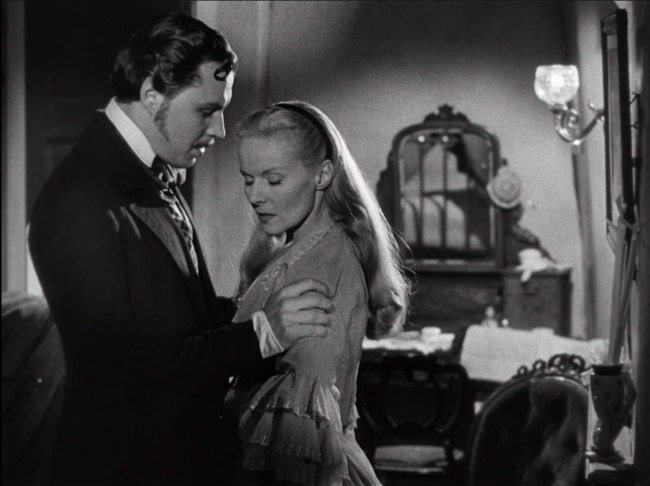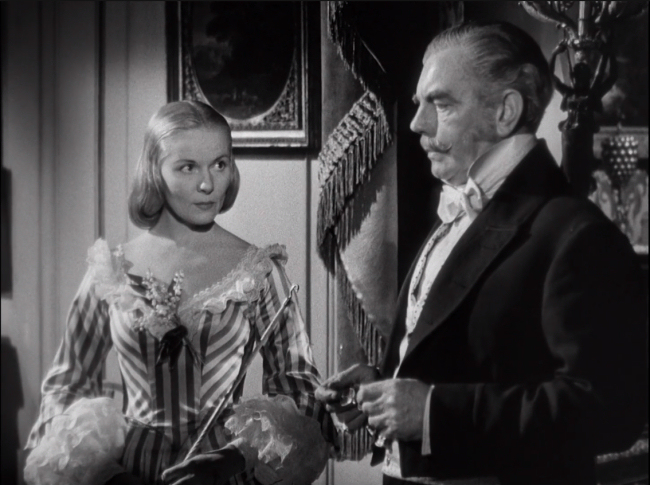
I finished the third season of Stranger Things on Sunday. In general, I liked it better than season two and I liked season two. But three's climax is much better, visually and storywise. Though I love how the outcry regarding the kiss between Eleven and Mike at the end of season two seems to have led the Duffer Brothers to having them make out constantly at the beginning of season three. It's so satisfying whenever a creator rebels against the peanut gallery moralising now.
Speaking of the political lens, I was sort of fascinated how Stranger Things 3 at turns reflected or rebuffed this year's morality model. I remember during the Bush era, depictions of torture as an effective means of interrogation were the domain of relatively right wing productions like 24. Now here's Hopper (David Hopper) beating the crap out of Alexei (Alex Utgoff) and Mayor Kline (Cary Elwes) and it proves to be a perfectly sound strategy.

This is part of how Hopper has emerged as an even more solid reproduction of the 80s action hero than he was in the previous two seasons. In his climactic fight against the Soviet assassin (Andrey Ivchenko), it's hard not to think of Harrison Ford when Harbour says, "I'll see you in Hell!"

There's another political shift--it was boring when the Soviets were the villains in Kingdom of the Crystal Skull, now they seem relevant again because of Putin's sinister machinations and exploits. Nevermind Putin's mobster regime has no fondness for the Soviet era or ideology, it still works. That one assassin guy is a pretty effective heavy, wherever he's from.
Spoilers ahead, after the next screenshot
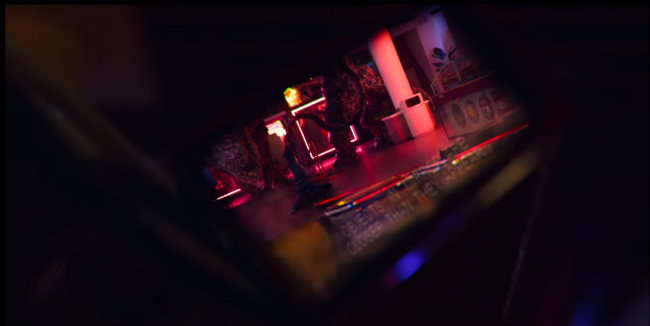
I've already said how much I love shopping malls and therefore loved that setting in the new season. It also made for a terrific finale, much better than the anonymous office corridors of season two. Instead we have environments bathed in contrasting neon light and showers of firecracker sparks in the background.

And, like season two, one of the most satisfying pieces of the climax was a conclusion of a bully redeemed or seen sympathetically, in this case Billy, played by Rob Lowe lookalike Dacre Montgomery. He doesn't quite get the complete turnaround Steve (Joe Keery) did in season two, but the fact that he's allowed only the tiniest opportunity to show a shift or another aspect of his personality makes it all the more effective. Even Darth Vader had time to talk after turning on the Emperor. But it's probably for the best that Billy's return to a primal sense of protectiveness isn't disappointed by some articulated explanation.

More than anything, the season left me feeling very satisfied at having gotten a good, well developed story. A lot of people have been talking about all the movie references this past season so I thought I'd conclude with my own ranking of ten of them, in case you wanted some advice on which to watch first:
10. Day of the Dead
9. The Thing from Another World
8. Fast Times at Ridgemont High
7. The Neverending Story
6. Return of the Jedi
5. The Thing
4. Back to the Future
3. The Apartment
2. Children of Paradise (available on The Criterion Channel)
1. The Hidden Fortress (available on The Criterion Channel)
Yes, the top three are all Robin's (Maya Hawke) picks. She really does have great taste. Ironically, none of these movies are on Netflix, at least in the U.S.
Twitter Sonnet #1256
The pieces changed to putty worms at once.
A time for section grids removed the fear.
A signal hat explodes the cornered dunce.
A number bucket claims our ev'ry tear.
Receding sod could fill the kitchen yet.
A spinning Slinky sliced the ragged stairs.
A burglar makes a safe and metal bet.
The healthy milk was filled with breakfast bears.
The care behind a picture puts it back.
As ice'll melt the cubes contain the spheres.
A thousand monkeys race inside the sack.
For ev'ry nose a hundred thousand beers.
A standard takes the shape of smithy feats.
Reminders take the form of standard streets.
















